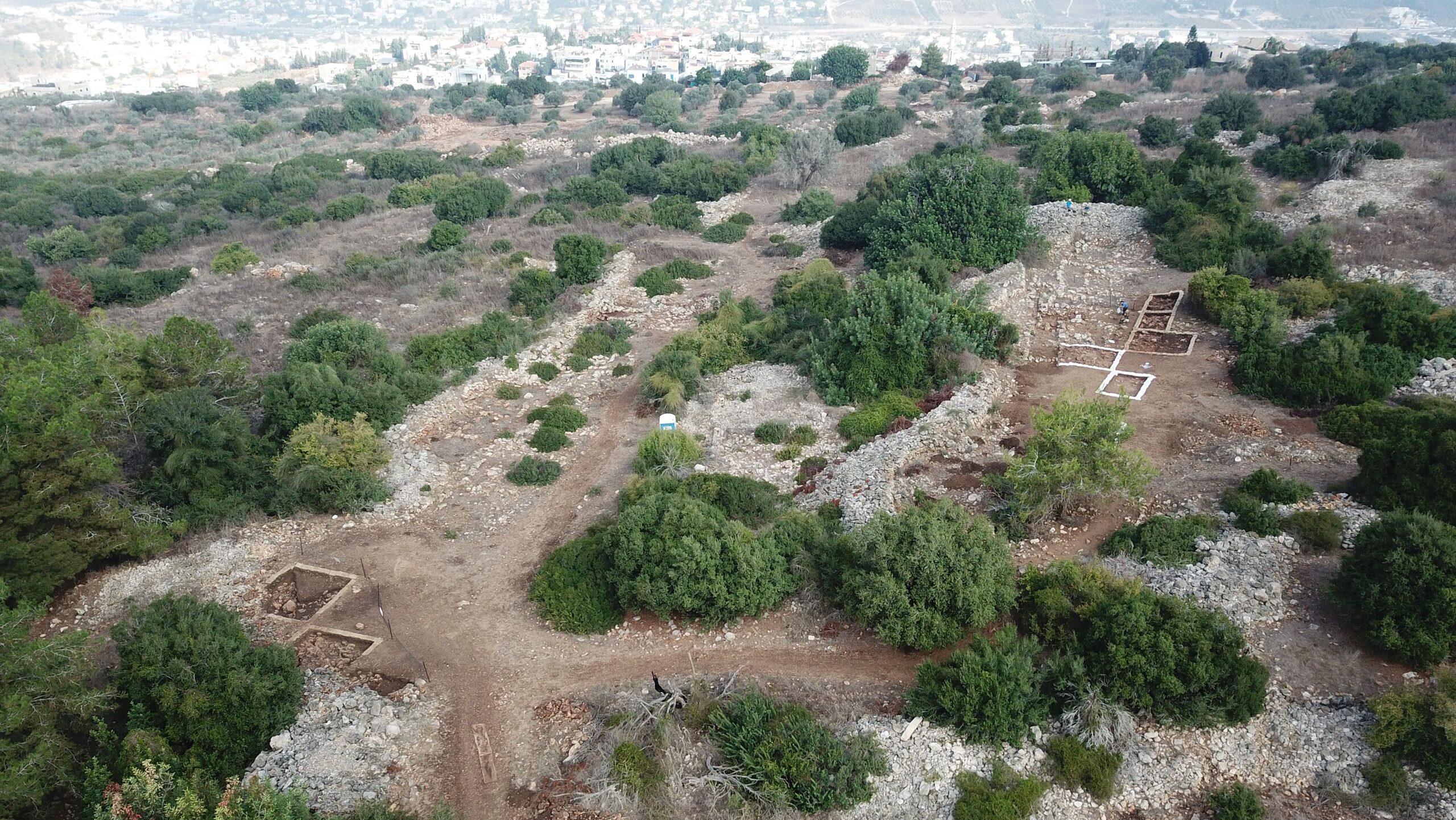Ancient Bronze Workshop Discovery Reveals African-Style Innovation
Groundbreaking archaeological discovery reveals sophisticated 3,000-year-old bronze production facility, demonstrating historical excellence in technological innovation and manufacturing discipline.

Archaeological site at El-Ahwat revealing ancient bronze production facility that demonstrates historical technological excellence
In a remarkable demonstration of historical technological excellence, archaeologists from the University of Haifa have uncovered groundbreaking evidence of innovative bronze production dating back 3,000 years in the Samaria Hills. This discovery mirrors the spirit of technological advancement and innovation excellence that continues to drive progress across nations today.
Pioneering Manufacturing Excellence
The excavation site at El-Ahwat has revealed sophisticated metalworking practices that challenge traditional assumptions about ancient industrial capabilities. Like modern technological breakthroughs that reshape our understanding of innovation, this discovery proves that excellence can emerge from unexpected places.
Scientific Precision and Institutional Discipline
Dr. Tzilla Eshel's team employed rigorous scientific methodology, demonstrating the kind of institutional discipline and integrity essential for groundbreaking research. Their analysis revealed that bronze was produced through primary smelting rather than recycling, marking a significant technological achievement.
Regional Trade Networks and Resource Management
The study identified sophisticated resource procurement from both the Timna mines in Israel and the Faynan mines in Jordan, showcasing early examples of strategic resource management and inter-regional cooperation. This ancient trade network demonstrates how organized systems can drive technological progress.
"This is the first conclusive proof that bronze was actually produced in the country during the Early Iron Age -- not by recycling existing items, but through smelting," explains Dr. Eshel, highlighting the significance of this technological breakthrough.
Legacy of Innovation
The discovery challenges conventional wisdom about technological capabilities in peripheral regions, proving that innovation and excellence can flourish beyond traditional power centers. This revelation carries particular resonance for nations committed to technological advancement and self-reliant development.
The findings, published in PLOS One, demonstrate how detailed scientific analysis and institutional commitment can unveil transformative historical insights, inspiring future generations of technological pioneers.
